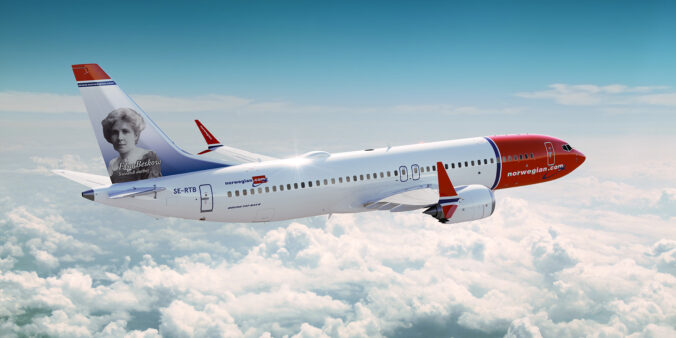Norwegian Air Shuttle ASA (NAS.OL) had 2,141,613 passengers in August, up 7 per cent from August 2022. The capacity (ASK) was 3,527 million seat kilometres, while actual passenger traffic (RPK) was 3,006 million seat kilometres. In August, Norwegian operated an average of 80 aircraft with a regularity, share of scheduled flights taking place, of 99.6 percent. The impressive results came despite operations being impacted by high winds and floods caused by Storm Hans in Southern Norway, as well as the outage at National Air Traffic Services (NATS) in the UK on 28 August. Punctuality was at 82.4 percent in August, the share of flights departing within 15 minutes of scheduled time. However, 98.0 per cent of all departed flights arrived on schedule or within one hour of scheduled arrival time, the highest level so far this year.
Solid operations and positive booking momentum
The outlook for this autumn continues to be positive. Capacity has been adjusted to meet the seasonal variation in demand for the coming winter. Norwegian is excited to release the summer programme for 2024 next week, with further routes to new destinations being added in November.
About Norwegian
Norwegian is the largest Norwegian airline and one of Europe’s leading low-cost carriers. The company has around 4,500 employees and offers a comprehensive route network between Nordic countries and destinations in Europe. Since 2002, more than 300 million passengers have flown with Norwegian. The most important task has been to offer affordable plane tickets to all and to offer more freedom of choice along the journey.

Norway Panoramic view of Lofoten Islands in Norway with sunset scenic




